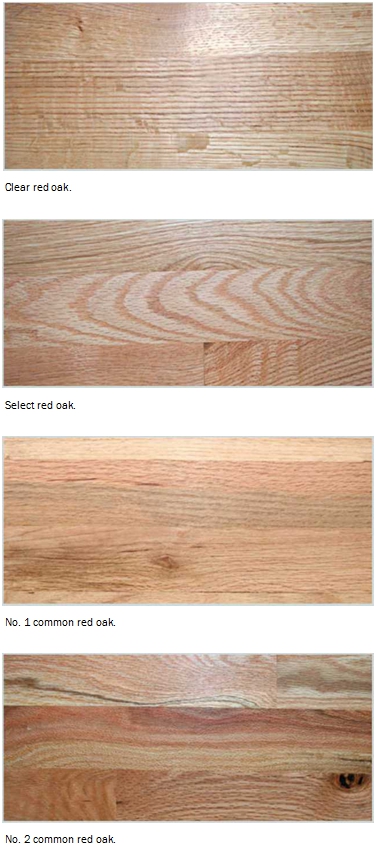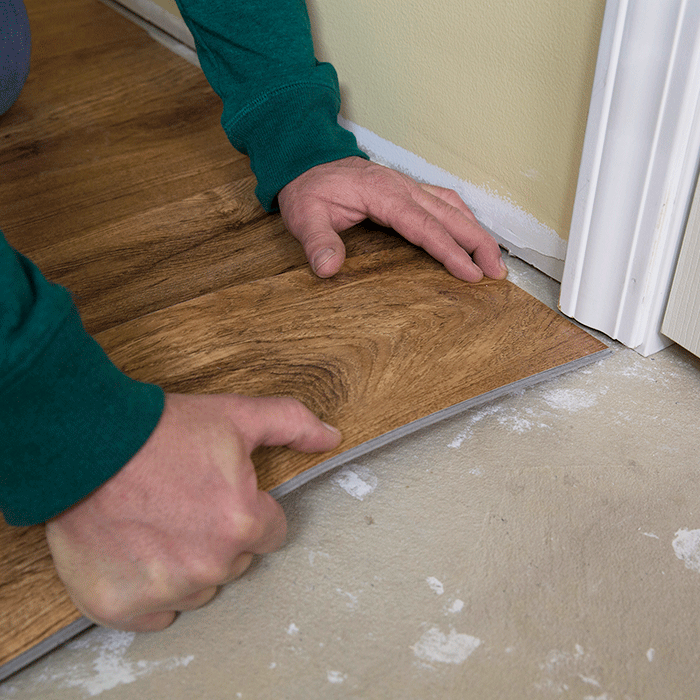Hardwood Flooring Grades
All of the grades listed here will make a serviceable floor. The differences are mainly aesthetic, such as the presence of knots, sapwood, and color variations. However, wood with fewer defects tends to be more stable and predictable, so you might expect greater or more varied seasonal movement with lower grades. Of course, price is another difference, with higher grades usually costing more.
MFMA Maple Grades
First Grade. The highest standard MFMA (Maple Flooring Manufacturers Association) grade is hand-selected to minimize the natural character variations of the species.
Second Grade. The most commonly specified maple flooring; this grade exhibits more natural variations than first grade.
Third Grade. This grade has the same structural integrity as first and second grades, and exhibits more natural variation than either grade.
Third and Better. This grade is comprised of a mixture of first, second, and third grades of MFMA northern hard maple.
Utility Grade. This grade of MFMA maple may contain all defects common to maple, but the wood must be firm and serviceable.
NWFA Hardwood Grades
Clear. Clear wood is free of defects, though it may have minor imperfections.
Select. Select wood is almost clear, but contains some natural characteristics such as knots and color variations.
Common. Common wood (No. 1 and No. 2) has more natural characteristics such as knots and color variations than either clear or select grades and is often chosen because of these natural features and the character they bring to a room. No. 1 Common has a variegated appearance, light and dark colors, knots, flags, and wormholes. No. 2 Common is rustic in appearance and emphasizes all wood characteristics of the species.
Please Come Over to Our San Jose Hardwood Flooring Store during business hours and you will find a great variety of different flooring types and colors.







